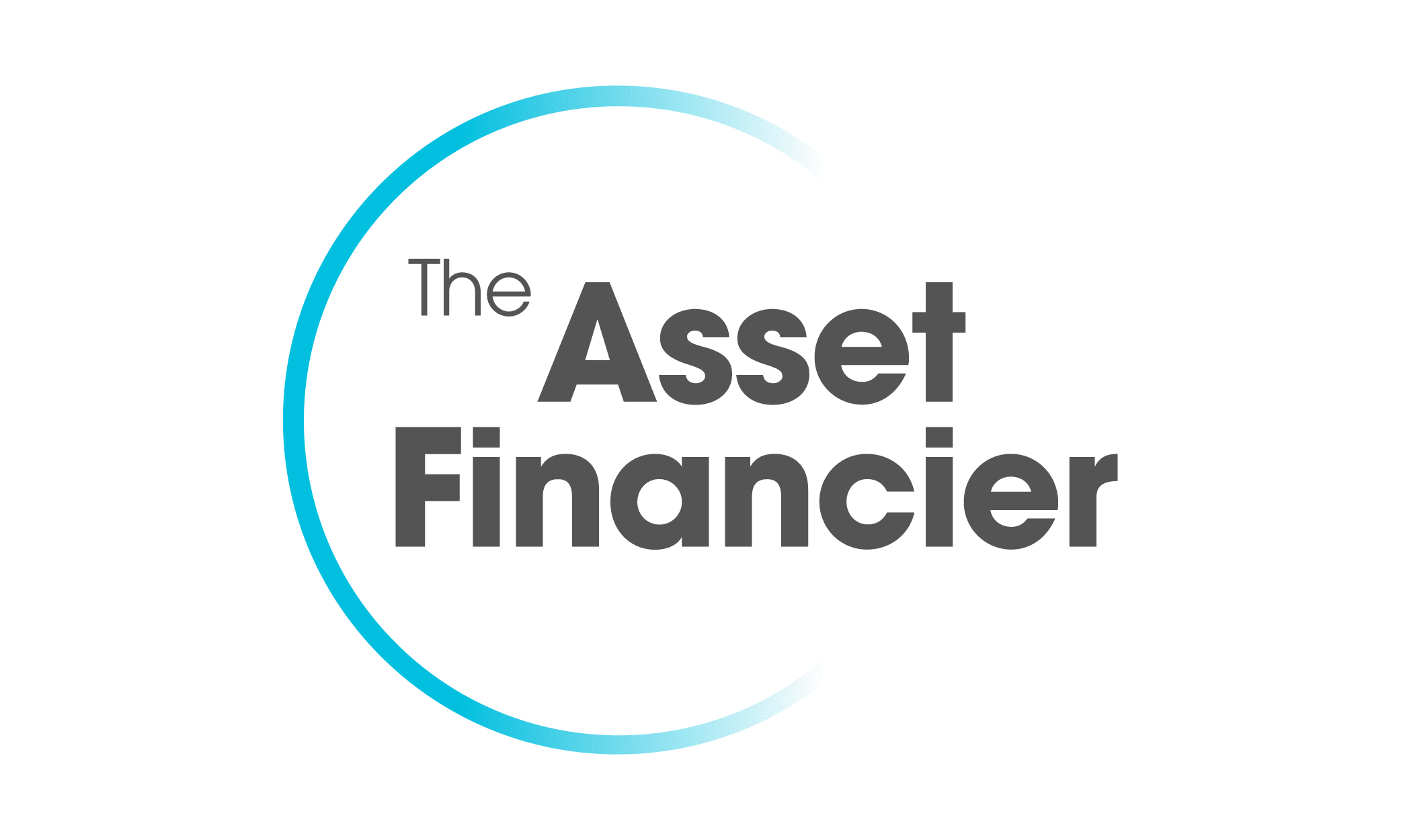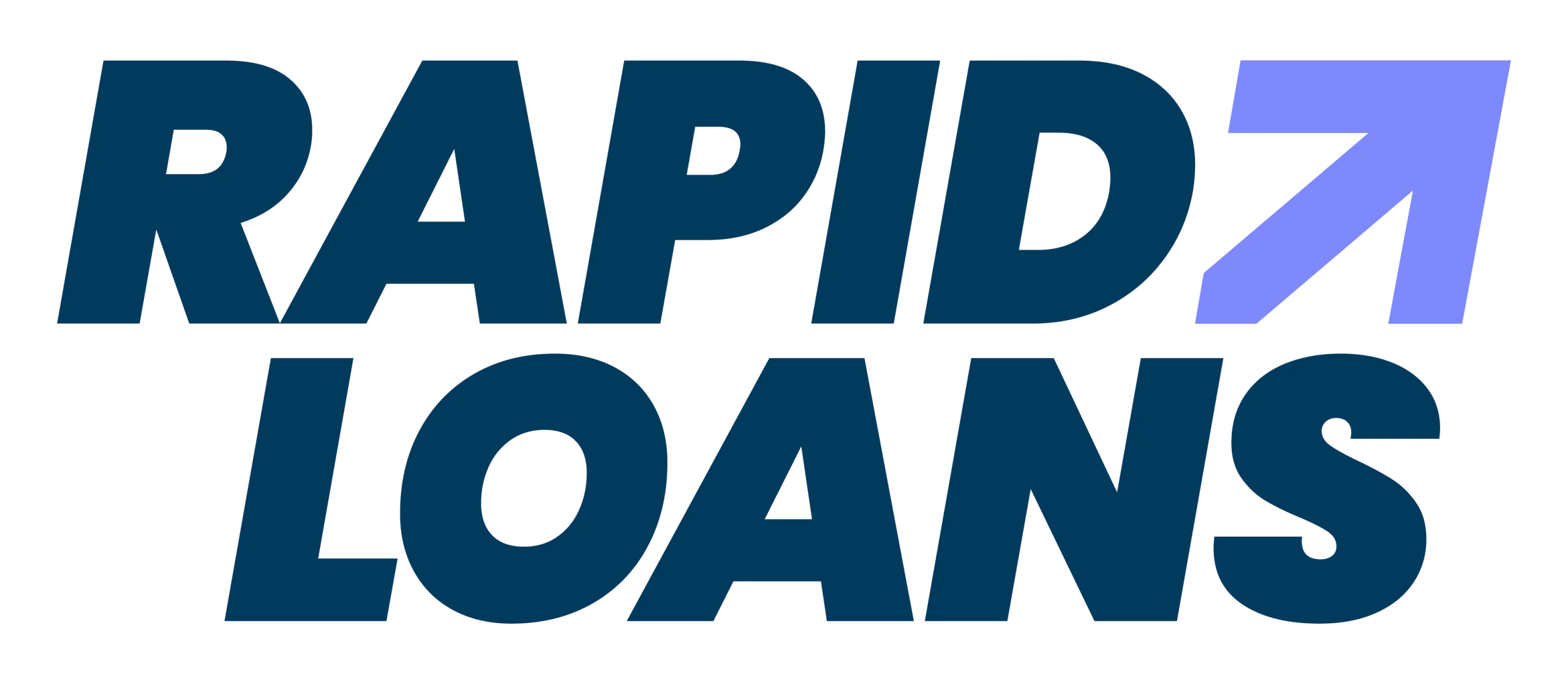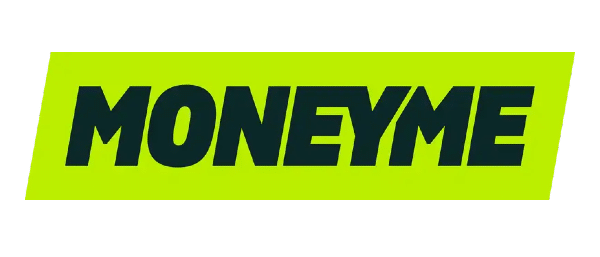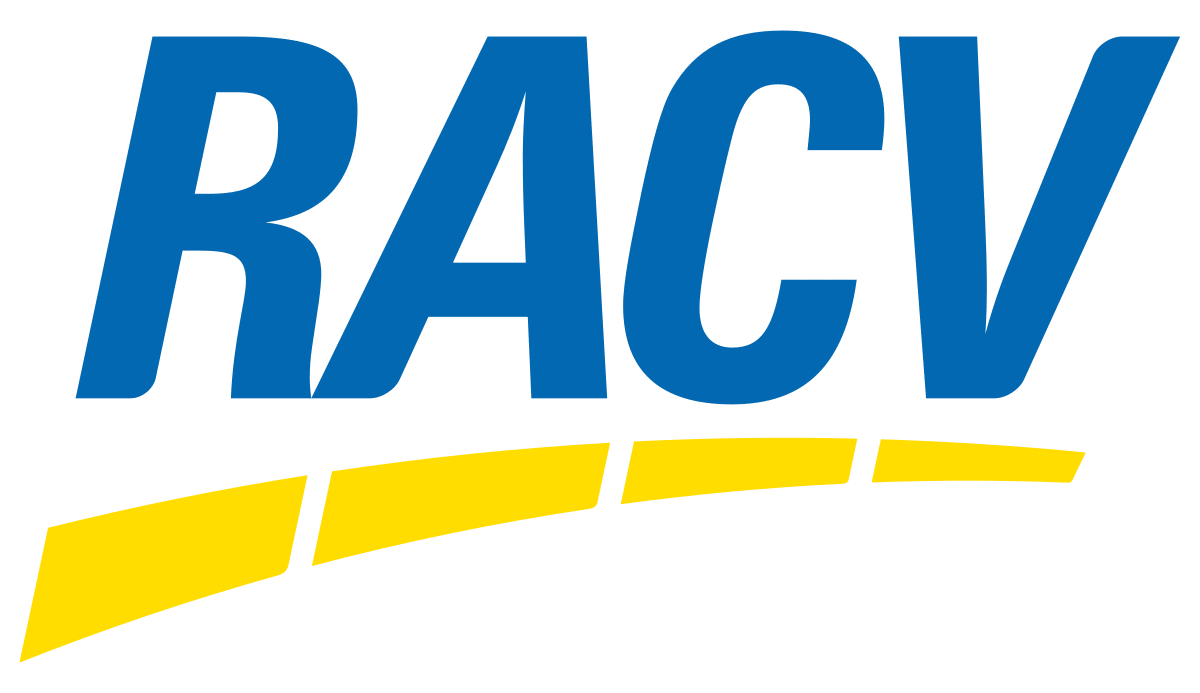If you’re looking to take out a car loan, one way to keep monthly costs down is by adding a balloon payment. This can help make your regular repayments more manageable – but it also affects the total cost of your loan.
How do car loan balloon payments work?
A balloon payment, sometimes referred to as a residual, is a lump sum due at the end of your car loan. It’s called a “balloon” because it’s larger than your regular instalments and inflates the repayment at the end of the term.
This essentially splits your loan into two parts:
- Lower monthly repayments
- A final lump sum (i.e. the balloon payment) due at the end of the term
For example, if you take out a $20,000 car loan over four years at 6% interest, your monthly payments would be around $470. If you add a 25% balloon, your monthly repayments would be reduced to around $377 – but you’d need to pay $5,000 at the end to close the loan.
This structure allows borrowers to reduce their monthly costs during the loan term, which can help with short-term budgeting. However, you’ll need to plan ahead to cover the balloon amount plus any interest when the loan ends.
The amount you can set for your balloon payment will be agreed with your lender at the start of the loan, and can be influenced by factors like the car’s age and value, the loan term and your financial profile. However, most lenders will set minimum and maximum limits, usually between 20% and 50% of the loan amount. This helps to keep repayments affordable and prevent the balloon from becoming overwhelming, as well as reducing the lender’s risk by ensuring the car’s value is likely to cover the final amount due.
Balloon payments are usually optional on car loans – but if you finance your vehicle through a dealership, you may be required to have one.
What are my options for paying my car loan balloon?
If you have a balloon payment due at the end of your car loan, you’ll have a few options to settle the remaining balance:
- Keep the car: if you’re happy with your vehicle and have the savings available, you can pay off the balloon amount in one go and continue driving your car.
- Sell your car: you can sell the vehicle privately or to a dealer and use the proceeds to cover the balloon payment. If the sale price exceeds the balloon, you keep the difference.
- Trade in your vehicle: many dealerships allow you to trade in your car and use its value to pay off the balloon. If your car’s value is higher than the balloon, you can put the extra towards your next vehicle.
- Refinance: you may choose to refinance the balloon amount into a new loan, paying it off in smaller instalments. Just keep in mind this will extend your repayment period and increase the total interest paid.
How much does a car loan balloon payment cost?
Taking out finance with a balloon payment will typically cost more overall than a standard car loan without one. This is because you're charged interest on the balloon amount throughout the loan term. While a regular car loan gradually reduces to a $0 balance, a loan with a balloon only pays down a certain percentage of the loan, with the balloon continuing to accrue interest the entire time.
In addition, the size of the balloon will affect the total cost of your loan. Let’s look at an example of how the repayments on a $30,000 car loan over five years at 7.5% p.a. can vary depending on the size of the balloon.
| Balloon size | Balloon amount | Monthly repayment | Total interest |
|---|---|---|---|
| 0% | $0 | $601 | $6,068 |
| 20% | $6,000 | $518 | $7,105 |
| 30% | $9,000 | $477 | $7,623 |
| 40% | $12,000 | $436 | $8,141 |
As the balloon payment increases, monthly repayments fall – for example, from $601 with a 0% balloon to $436 with a 40% balloon – but total interest rises, from $6,068 to $8,141. This happens because less of the principal is paid off during the loan, leaving more to accrue interest by the end.
The size of your loan also affects the balloon and overall cost, with a higher loan amount meaning a higher balloon sum and more interest to pay in total. Here's how a 35% balloon payment could impact the overall cost of three popular car models in Australia, based on a five-year loan with a 5.85% interest rate.
Mazda 3 Pure
$33,990
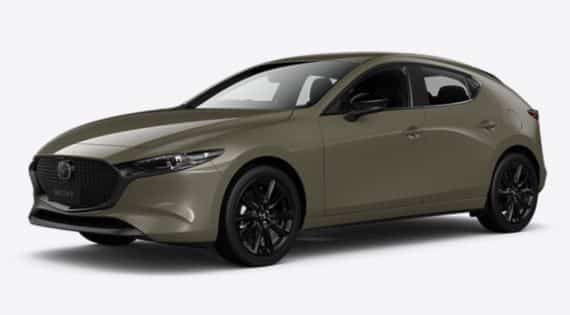
| Balloon payment | Monthly repayment | Total interest |
|---|---|---|
| No balloon | $655 | $5,297 |
| $11,900 | $484 | $6,924 |
|
No balloon $11,900 |
|
$655 $484 |
|
$5,297 $6,924 |
Subaru Forester AWD Hybrid
$51,800
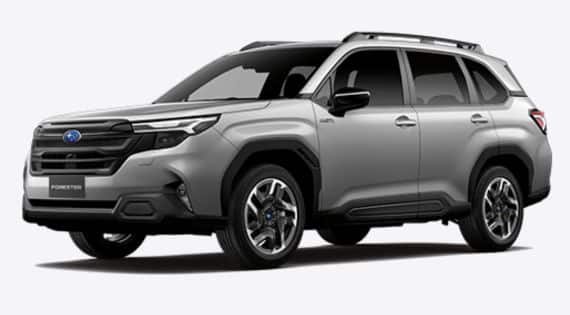
| Balloon payment | Monthly repayment | Total interest |
|---|---|---|
| No balloon | $998 | $8,070 |
| $18,130 | $737 | $10,548 |
|
No balloon $18,130 |
|
$998 $737 |
|
$8,070 $10,548 |
Toyota Hilux Rogue
$76,700
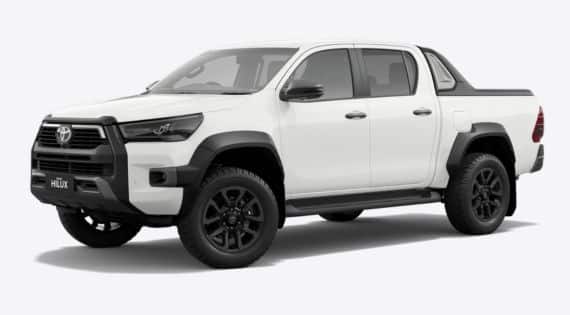
| Balloon payment | Monthly repayment | Total interest |
|---|---|---|
| No balloon | $1,477 | $11,949 |
| $26,845 | $1,091 | $15,619 |
|
No balloon $26,845 |
|
$1,477 $1,091 |
|
$11,949 $15,619 |
As you can see, opting for a balloon payment lowers your monthly repayments but increases the total interest you’ll pay. And because the balloon is set as a percentage of the loan, the more expensive the car, the higher that balloon sum will be – which means the difference in interest costs between balloon and no balloon becomes even greater on higher-value vehicles.
How are car loan balloon payments different from car lease residual payments?
Another option for getting a car is through a novated lease, which is a three-way agreement between you, your employer and a leasing company. At the end of the term, you can pay a residual sum to take ownership of the car – but the way this works is slightly different to a car loan balloon payment.
Balloon vs residual: What’s the difference?
- Balloon payments apply to car loans and are usually a percentage of the loan amount, agreed on when you take out the loan. They reduce monthly repayments but must be paid in full at the end to finalise the loan.
- Residual values apply to leases and represent the estimated future value of the vehicle at the end of the lease term. This figure is regulated by the Australian Taxation Office’s (ATO) minimum thresholds and takes into account depreciation. In leases, the residual is only paid if you decide to buy the car; otherwise, you simply return the vehicle.
Car loan vs car lease end-of-term payments
| Car loan with balloon | Car lease with residual | |
|---|---|---|
| What is it? | Final lump sum based on loan amount | Predicted value of car at lease end |
| Applies to | Car loans | Novated leases |
| How it’s calculated | % of total loan amount | % of car's estimated market value at the end of the lease |
| Is it mandatory? | Optional | Yes – all novated leases must include a residual |
| Do you own the car? | Yes – from day one | No – you lease it until the end of the term |
| What happens at the end? | Pay balloon, refinance, trade in or sell car | Return car or pay residual to buy it |
The pros and cons of balloon payments on car loans
Pros
-
Lower monthly payments
By deferring a portion of the loan amount to the end, your regular monthly payments are lower, potentially freeing up cash for other expenses or investments.
-
Easier on your budget
Having a balloon payment lowers your monthly repayments, which can be helpful if you have a limited budget initially but anticipate having a larger sum available by the end of the loan term.
-
End-of-loan flexibility
At the end of the loan term, you can clear your balloon by paying it outright, selling or trading in your car or refinancing it to extend your term.
Cons
-
Higher overall cost
Adding a balloon to your car loan can increase the amount you pay in interest by hundreds or even thousands of dollars.
-
Large final payment
You'll be responsible for a significant lump sum payment at the end of the loan term. This can be a burden if you haven't planned and saved accordingly or if your financial situation changes.
-
Potential negative equity
If the car's value depreciates faster than the loan amount, you may owe more than the car is worth at the end of the loan term. This could mean you end up having to cover the shortfall if the amount you receive from selling it or trading it in is less than the balloon.
Is a car loan balloon payment right for me?
A balloon payment can be a way to lower your monthly repayments, which may suit you if you’re looking to free up cash flow in the short term and are confident you can handle a lump sum at the end of the loan.
For example, it might work well if you:
- Want to upgrade your car at the end of the term
- Plan to sell or trade the car in at the end of the term
- Are able to save towards the final payment
It’s also popular among small business owners who want to manage expenses and ensure cash flow while keeping a vehicle on the road.
Choose a car that’s likely to hold its value and start saving early if you’re considering a balloon. That way, you’ll be better prepared when the final payment is due.
However, if you’re someone who prefers to pay down your loan steadily or you’re not sure if you’ll be able to afford a large lump sum later, a traditional loan without a balloon might be a better fit.














